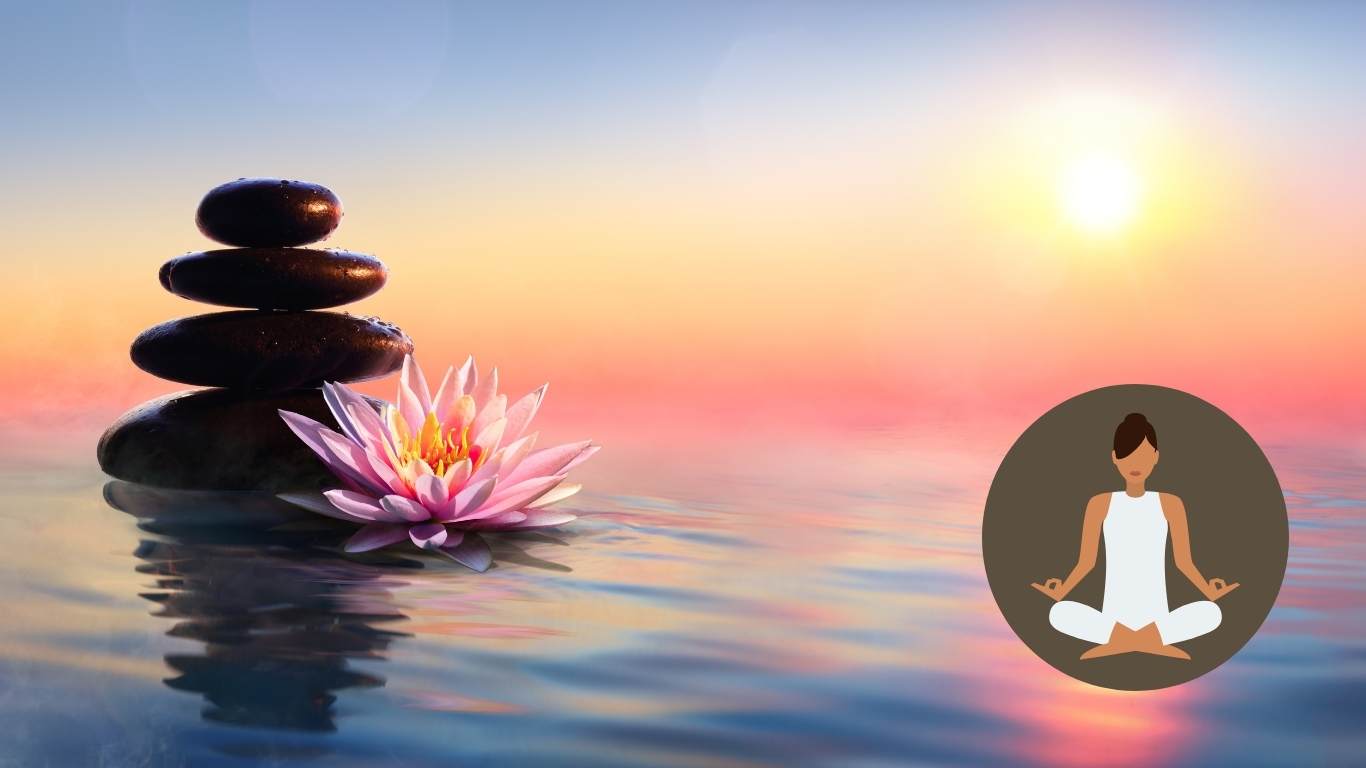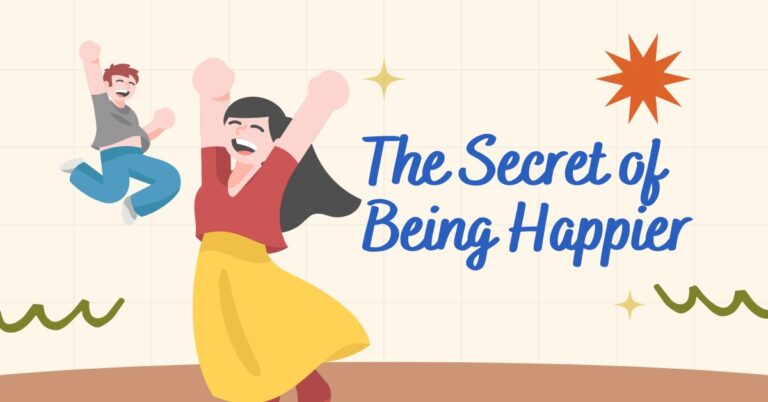How to Meditate: A Complete Guide for Achieving Inner Peace and Mindfulness
Meditation has become a go-to practice for millions of people seeking peace, mental clarity, and a way to manage the stresses of modern life. Whether you’re a beginner trying to learn how to meditate or a seasoned practitioner looking to refine your technique, this guide will walk you through everything you need to know.
In this post, we’ll explore the benefits of meditation, different types of meditation, step-by-step instructions on how to meditate, and personal stories about how meditation can positively impact your life.
Meditation Benefits for Mind, Body, and Soul
Meditation offers a wide range of benefits that extend beyond just mental peace. Regular practice can transform your mind, body, and soul in profound ways. Let’s break down the key benefits:
1. Reduces Stress and Anxiety
Research shows that meditation is highly effective in reducing stress and anxiety. By practicing mindfulness, you learn to live in the present moment, allowing your mind to detach from stressors. The deep breathing techniques involved can help calm the nervous system and reduce cortisol levels.
2. Enhances Focus and Concentration
Struggling to stay focused at work or school? Meditation can help. Regular practice improves your attention span and helps you concentrate better on tasks. It’s no wonder so many high achievers use meditation to enhance their productivity.
3. Improves Emotional Health
Meditation is linked to a better outlook on life. Studies indicate that regular meditation can lead to decreased symptoms of depression and an overall improvement in emotional well-being. The practice encourages self-reflection and self-awareness, enabling you to better process your emotions.
4. Boosts Physical Health
Beyond mental health, meditation also provides tangible physical health benefits. Studies have shown that it can help lower blood pressure, improve sleep quality, and reduce inflammation in the body. When combined with mindfulness, meditation can even promote heart health.
5. Increases Self-Awareness
Self-awareness is key to personal growth, and meditation can help you get there. By turning your focus inward, meditation helps you understand your thoughts, behaviors, and motivations better. This heightened self-awareness leads to more intentional living.
Types of Meditation: Which One Suits You?
Not all meditation is the same. There are many different types of meditation, and it’s important to find one that resonates with you. Here are some of the most popular forms of meditation:
1. Mindfulness Meditation
Mindfulness meditation focuses on being fully present in the moment. This technique involves paying attention to your thoughts, emotions, and surroundings without judgment. Mindfulness meditation is great for beginners because it can be practiced anywhere and doesn’t require specific props or tools.
2. Transcendental Meditation
Transcendental Meditation (TM) is a popular meditation technique that involves silently repeating a mantra to settle the mind and access a state of deep relaxation. TM is practiced twice a day for 20 minutes and is known for its calming effects.
3. Guided Meditation
In guided meditation, a narrator or instructor leads you through a meditation process. This can include visualizations, breathing exercises, and body scans. Guided meditation is excellent for beginners as it provides structure and direction.

4. Loving-Kindness Meditation
Loving-Kindness Meditation (Metta) involves directing love and compassion toward yourself and others. This form of meditation helps cultivate empathy, reduce negative feelings, and increase your sense of connection to others.
5. Body Scan Meditation
In Body Scan Meditation, you mentally scan your body from head to toe, paying attention to areas of tension and stress. This type of meditation promotes relaxation and mindfulness by helping you become aware of the sensations in your body.
Step-by-Step Meditation Guide for Beginners
Now that we’ve explored the different types of meditation, it’s time to dive into how to meditate. This step-by-step guide will take you through the basics of meditation, so you can start practicing today.

1. Find a Quiet Space
Choose a quiet place where you won’t be disturbed. This could be a room in your house, a quiet park, or even your car. Make sure the space is comfortable and free from distractions.
2. Sit or Lie Down Comfortably
You can sit cross-legged on the floor, sit in a chair, or even lie down. The key is to find a position that allows you to remain comfortable but alert. Keep your back straight and hands resting gently on your lap or knees.
3. Close Your Eyes
Closing your eyes can help reduce distractions and help you focus inward. If you prefer, you can leave your eyes slightly open and focus on a fixed point.
4. Focus on Your Breathing
Start by paying attention to your breath. Notice the natural rhythm of your breathing—how the air feels as it enters your nose and fills your lungs. Then, notice how it feels as you exhale. You don’t need to change your breathing pattern; simply observe it.
5. Acknowledge Your Thoughts
Inevitably, thoughts will arise during meditation. This is completely normal. Instead of trying to suppress them, acknowledge them without judgment, and gently bring your focus back to your breathing.
6. Start Small
If you’re new to meditation, start with just 5-10 minutes a day. Gradually increase your time as you become more comfortable with the practice.
7. Practice Regularly
Consistency is key. Try to meditate every day at the same time, whether in the morning or before bed. The more consistent you are, the more benefits you’ll experience over time.
Advanced Meditation Techniques for Mindfulness and Clarity
Once you’ve mastered the basics, you can explore more advanced meditation techniques that can deepen your practice and provide greater mental clarity.
1. Focused Attention Meditation
This technique involves focusing intently on a single object, sound, or sensation, such as a candle flame or your breath. By narrowing your attention, you can increase your ability to concentrate and clear your mind of distractions.
2. Visualization Meditation
In this technique, you create vivid mental images of peaceful places or scenarios. Visualization helps promote relaxation, reduce stress, and improve your mood. Common visualizations include imagining yourself on a beach, in a forest, or floating in a serene body of water.
3. Chakra Meditation
Chakra meditation focuses on balancing the body’s energy centers (chakras). This technique often involves visualization and specific breathing exercises aimed at opening and aligning the chakras to promote overall well-being.
Real-Life Examples: How Meditation Transformed Lives
Meditation isn’t just a theoretical practice—it has real, tangible effects on people’s lives. Here are two real-life examples of how meditation has transformed the lives of everyday individuals.
1. John’s Story: From Overwhelmed to Focused
John was a busy professional who struggled with chronic stress and anxiety. His mind was constantly racing, making it difficult for him to focus at work. After attending a meditation workshop, he started practicing mindfulness meditation for 10 minutes each day. Within weeks, John noticed a significant reduction in his stress levels, and his ability to focus improved dramatically. Meditation became his daily ritual, and he now feels more centered and calm in his everyday life.
2. Sarah’s Journey: Overcoming Anxiety
Sarah suffered from severe anxiety, which made it difficult for her to enjoy life. She began exploring different types of meditation and eventually found guided meditation to be the most helpful. By practicing guided meditation twice a day, Sarah was able to regain control over her anxiety and develop a more positive mindset. Today, she credits meditation for helping her live a happier and more fulfilling life.
How Meditation Helps Reduce Stress and Anxiety
One of the most significant benefits of meditation is its ability to reduce stress and anxiety. Here’s how it works:
1. Activates the Relaxation Response
When you meditate, your body enters a state of deep relaxation. This helps activate the parasympathetic nervous system, which counteracts the body’s stress response. Your heart rate slows, your muscles relax, and your blood pressure lowers.
2. Encourages Mindfulness
Mindfulness meditation helps you focus on the present moment, reducing the tendency to worry about the past or future—two common sources of anxiety. By staying present, you learn to let go of negative thought patterns.
3. Promotes Emotional Balance
Meditation helps regulate your emotions by teaching you to observe them without reacting. This emotional detachment allows you to approach stressful situations with a calmer, more measured response.
Start Your Meditation Journey Today
The key is to start small, be consistent, and explore the various types of meditation to find what works best for you.
Remember, meditation is a journey, not a destination. With patience and regular practice, you’ll soon experience the many transformative benefits it has to offer.
So why not start your meditation journey today? Find a quiet space, take a deep breath, and discover the peace within.





